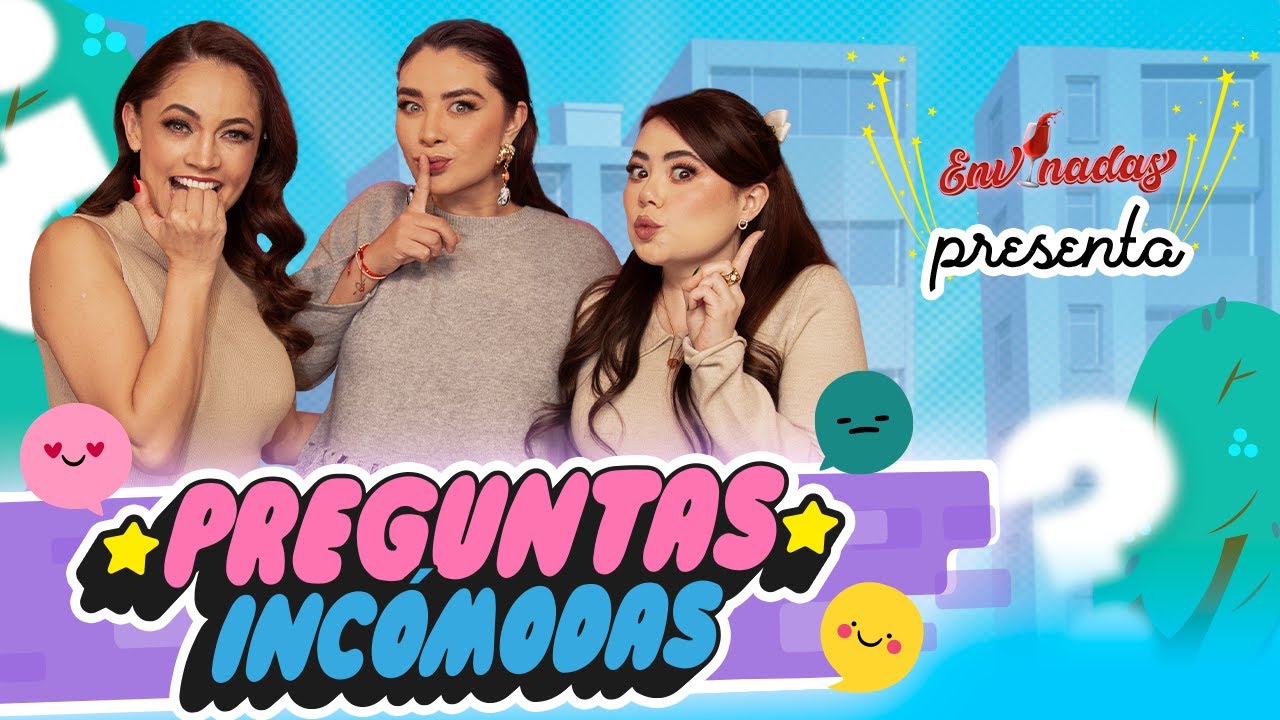Wendy MacNaughton: The art of paying attention | TED
Summary
TLDRWendy MacNaughton is an illustrator and graphic journalist who draws stories by having intimate conversations with people. She explains how drawing someone's portrait, while maintaining eye contact, forges an immediate connection. Wendy discusses how she uses this technique to uncover deeper truths about people and places that photography often misses. She explains how the COVID-19 pandemic unexpectedly led her to teach thousands of children to draw online. Wendy argues drawing helps people, especially children, process emotions and trauma by slowing down to closely observe details they normally overlook. She concludes that purposeful seeing leads to greater understanding between people.
Takeaways
- 😊 Drawing helps us slow down, pay attention, and see the world in more detail
- 😮 Drawing faces based on what we see rather than symbols reveals more truth
- 🤔 Libraries provide critical resources for elders and homeless beyond books
- 😌 Drawing strangers can forge connections by starting authentic conversations
- 🙂 Teaching kids to draw helped them process emotions during the pandemic
- 🧐 Letting kids draw without fear of failure builds creativity and self-confidence
- 🥰 The speaker built bonds and understanding across divides through portrait drawing
- 🤨 We fill in the world with patterns and expectations instead of closely looking
- 😢 Grief over his wife's death shaped the bootmaker's life and connection with speaker
- 😃 Drawing brings out hidden stories and depth in people we might misjudge at first
Q & A
What technique does Wendy MacNaughton use to connect with people when drawing them?
-She holds her sketchbook low to keep an open channel between her and the person she is drawing, which often makes people curious and leads to an authentic conversation.
How did the library help serve the elder community, beyond just providing books?
-The library had dedicated social workers, outreach programs, public computers for job/housing searches, sinks for laundry/showers, and was a safe quiet place for homeless people.
How did Wendy's preconceived notions about Don the bootmaker change after spending a day with him?
-She initially judged him based on appearances and assumed he was an ultra-conservative hunter. But after talking to him, she realized he was a grieving widower finding meaning in his craft and looking forward to a special trip with his son.
What happened when Wendy decided to teach kids how to draw during the pandemic?
-Her DrawTogether classes went viral, with over 10,000 kids joining daily. It became a way for kids to process emotions and trauma while building skills and connections.
How can the act of drawing help people process difficult emotions?
-Studies show drawing helps kids and adults express and work through emotions. The focus and flow state also reduces anxiety. Wendy calls it "looking is loving" - a way to see ourselves and the world with more empathy.
Why does Wendy criticize symbolic shortcuts like the 'standard' smiley face?
-She feels those oversimplified symbols prevent us from truly seeing the world and people around us in all their complexity. We risk missing depth/truth by relying on expectations versus carefully looking.
What was Wendy's goal in having the audience do a blind contour drawing?
-It forced people to truly look at and focus on each other without judgment or expectations. It created an immediate connection and showed we can overcome barriers to intimate observation.
How can improving our ability to carefully observe impact our lives?
-Mindful, non-judgmental observation builds empathy and appreciation for the world. It counteracts negativity biases and helps us see more truth versus just expectations or assumptions.
Why does Wendy emphasize practice over talent in learning to draw?
-She wants to encourage people to try drawing as a way to see better, not become great artists. Letting go of perfectionism allows more creativity and connection.
How did Wendy adapt her career when the pandemic prevented her usual work?
-She found new ways to use drawing virtually to help kids and families. This led to unforeseen success in building community and helping youth process trauma.
Outlines

This section is available to paid users only. Please upgrade to access this part.
Upgrade NowMindmap

This section is available to paid users only. Please upgrade to access this part.
Upgrade NowKeywords

This section is available to paid users only. Please upgrade to access this part.
Upgrade NowHighlights

This section is available to paid users only. Please upgrade to access this part.
Upgrade NowTranscripts

This section is available to paid users only. Please upgrade to access this part.
Upgrade NowBrowse More Related Video

BELAJAR DESAIN GRAFIS • JENIS-JENIS DESAIN GRAFIS BERDASARKAN PEKERJAANNYA

The Sentence Finisher: Make People Love Talking To You

How to create poster design in adobe illustrator

Pioneers: Loretta Staples

🚨 Preguntas incómodas - Envinadas🍷 T. 7 - EP. 14

Contro Corrente, il podcast di Illumia - Gianmaria Della Corte, Portfolio Manager di Illumia.
5.0 / 5 (0 votes)